When is a derivative work original and thus protectable by copyright? Classicist’s critical edition makes its way to Luxembourg in fresh Romanian CJEU referral
The IPKat
JANUARY 17, 2024
The book that is going to change copyright law? After the referrals in Mio [IPKat here and here ] and USM Haller [IPKat here ] , another referral asking about the meaning of originality in EU copyright law has been made to the Court of Justice of the European Union (CJEU): it is the referral from Romania in Institutul G.

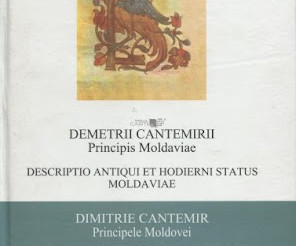
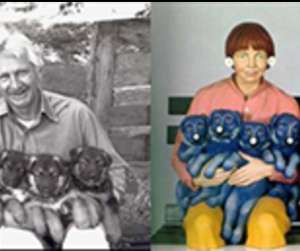
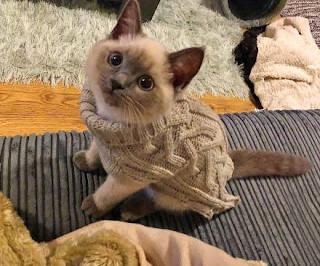
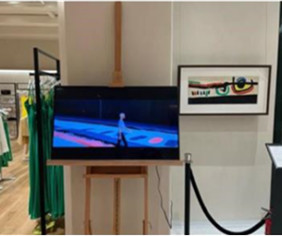









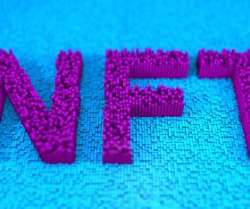







Let's personalize your content